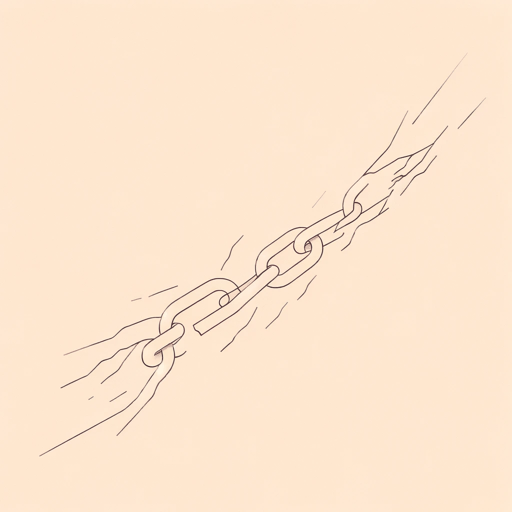61 pages • 2 hours read
Frederick DouglassNarrative of the Life of Frederick Douglass
Nonfiction | Autobiography / Memoir | Adult | Published in 1845A modern alternative to SparkNotes and CliffsNotes, SuperSummary offers high-quality Study Guides with detailed chapter summaries and analysis of major themes, characters, and more. For select classroom titles, we also provide Teaching Guides with discussion and quiz questions to prompt student engagement.
Key Figures
Frederick Douglass
Frederick Douglass (born Frederick Augustus Washington Bailey) was an influential abolitionist, orator, and writer. Douglass had white and Black heritage and born into slavery circa 1818. In 1838, Douglass escaped from slavery in Maryland and settled in New Bedford. He became involved with the abolitionist movement in Massachusetts and New York, where he became a well-known orator and writer. His first autobiography, Narrative of the Life of Frederick Douglass, an American Slave (1845), was influential in shaping public attitudes toward abolition. In 1855, he wrote My Bondage and My Freedom, and in 1881 he published Life and Times of Frederick Douglass, which covered his life during and after the Civil War. Douglass was the first African American nominated for vice president of the United States as the running mate of presidential candidate Victoria Woodhull, who ran on the Equal Rights Party ticket.
The Auld Family
Douglass was born into slavery. When Douglass was six, he was separated from his grandparents and sent to the Wye House plantation, where Captain Aaron Anthony was the overseer. When Anthony died, Douglass was given to Lucretia Auld, who was married to Thomas Auld. Auld sent him to live with his brother Hugh Auld in Baltimore, where Hugh Auld’s wife Sophia began teaching Douglass how to read.
Related Titles
By Frederick Douglass




